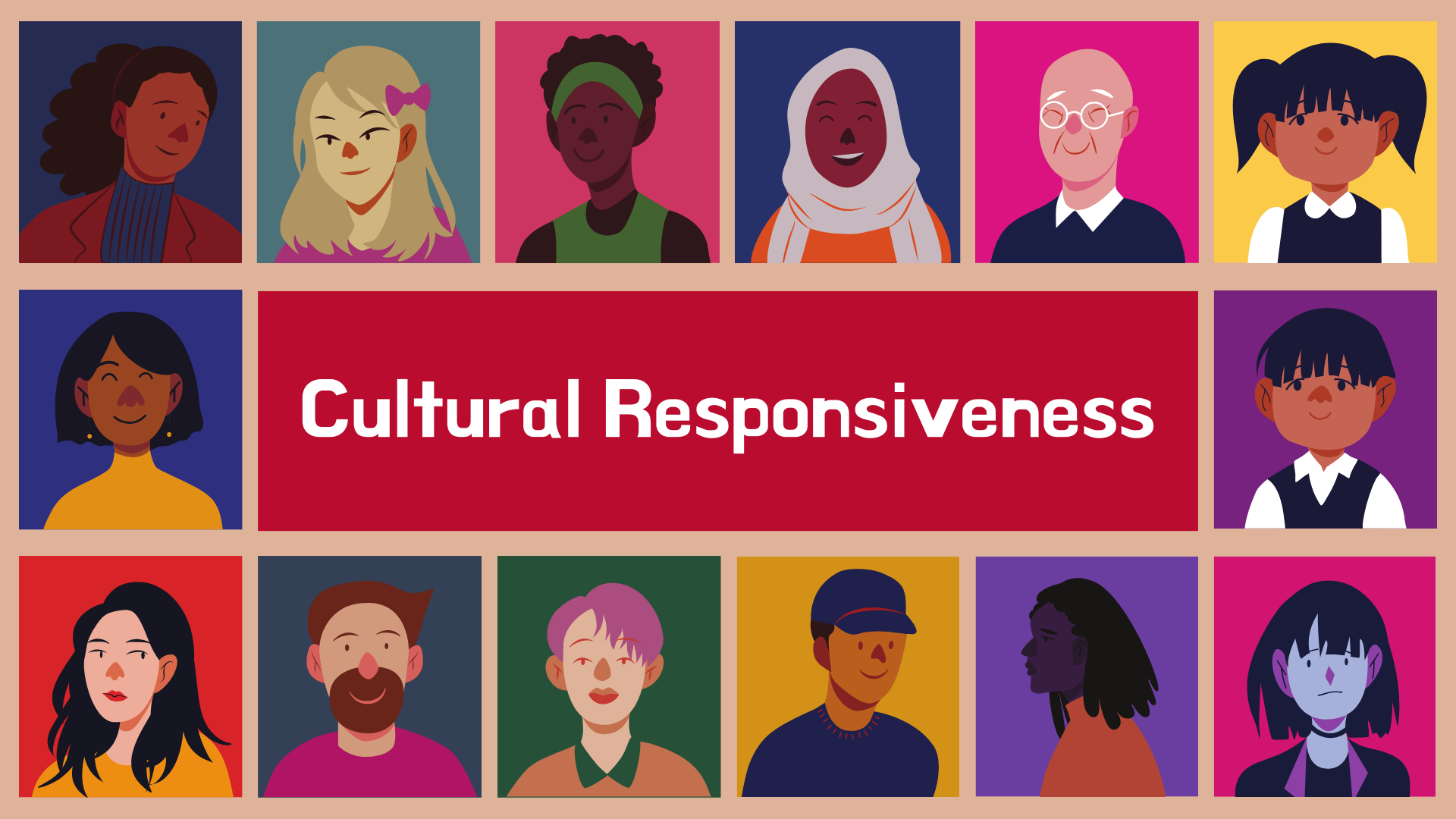
At the School District of Lancaster, our commitment to equity, inclusion, and belonging drives us to equip all stakeholders with the tools and resources necessary to support our vision and mission. As a district, we dedicate our resources—time, people, and finances—to meeting EVERY LEARNER’S needs, fostering an environment where all can thrive.
We recognize that culture is much more than a collection of customs or traditions. It encompasses the languages, values, beliefs, and achievements shaping how individuals view themselves and the world around them. For our students, culture and lived experiences are inseparable from how they learn, engage, and grow.
Culture is integral to learning because it influences how students process information, connect with their peers, and respond to educational environments. Our students bring rich, diverse cultural identities to the classroom, and acknowledging these identities is essential for fostering academic success and personal development.

Understanding the Disconnect:
Despite the diversity in our district—where more than half of our students come from racial or ethnic minority groups—traditional school systems often reflect the mainstream culture of white Americans. This mismatch can leave students feeling marginalized or underrepresented. Their cultures may not be reflected in the curriculum, or worse, may be reduced to stereotypes. These missed opportunities to celebrate students’ unique backgrounds can hinder their sense of belonging and engagement.
Addressing Implicit Bias:
With 80% of educators nationally identifying as white, it’s crucial to acknowledge the role implicit biases play in shaping expectations and classroom dynamics. Research shows that unconscious biases can result in differing expectations for students, particularly students of color. When students internalize these biases or when educators unconsciously adjust their approaches, the cycle of inequity perpetuates. We are committed to breaking this cycle at the School District of Lancaster.
What Does Cultural Responsiveness Look Like in Practice?
Cultural responsiveness is not just a concept. It’s a daily commitment to understanding, valuing, and integrating our students, families, and staff’s diverse cultural backgrounds, experiences, and identities into every aspect of our educational practices. Cultural responsiveness in SDoL is not just about acknowledging diversity but actively adapting our policies, teaching methods, and community engagement strategies to meet the unique needs of our community. This philosophy translates into actionable steps for students, families, and staff:
For Students:
- Use Inclusive Language: Avoid stereotypes, respect preferred pronouns, and use terms that affirm individual identities. This creates a safe space where students feel seen and respected.
- Celebrate Diverse Perspectives: Incorporate a variety of voices in classroom discussions to enrich learning experiences, whether through literature, history, or current events.
- Adapt Teaching Strategies: Tailor methods to accommodate different learning styles, ensuring every student has the opportunity to succeed. For example, use culturally relevant examples in lesson plans to make content more relatable.
- Foster Cultural Exchange: Encourage students to share their backgrounds and traditions in appropriate settings, cultivating mutual respect and understanding among peers.
For Families:
- Honor Their Language: Greet families in their preferred language and provide translation services when necessary. This might include translating newsletters, providing conference interpreters, or offering multilingual resources.
- Celebrate Cultural Traditions: Incorporate family and community traditions into school events to reflect our shared diversity. For instance, host cultural showcases or invite families to share traditional foods and practices.
- Seek Input: Actively involve families in discussions about educational priorities and decisions by creating accessible forums for feedback and ensuring diverse representation in advisory groups.
- Build Relationships: Schedule regular check-ins with families to understand their unique needs and perspectives, strengthening the partnership between home and school.
For Staff and Colleagues:
- Respect Diverse Viewpoints: Approach team meetings with openness and a willingness to learn from others. Encourage dialogue that values all contributions, even those that challenge the status quo.
- Share Resources: Highlight materials and initiatives that celebrate diversity and inclusion. This could include books, articles, and workshops that deepen cultural awareness.
- Collaborate Inclusively: Build a workplace culture that values every individual’s contributions by setting inclusive communication norms and recognizing each team member’s strengths.
- Engage in Continuous Learning: Encourage professional development focused on equity and cultural competence to ensure that staff remain informed and effective in fostering inclusivity.

The Power of Listening
Active listening is the cornerstone of cultural responsiveness. By intentionally hearing and understanding others, we build trust and foster meaningful connections.
Steps to Enhance Listening Skills:
- Be Present: Eliminate distractions, such as phones or computers, and give the speaker your undivided attention. This demonstrates respect and a genuine interest in their perspective.
- Show Empathy: Use “I statements” to acknowledge emotions and reflect understanding. For instance, say, “I can see how that situation would be challenging,” to validate their experience.
- Ask Thoughtful Questions: Demonstrate curiosity and respect for the speaker’s perspective by asking to clarify or follow-up questions, such as, “Can you tell me more about how that impacts you?”
- Avoid Assumptions: Approach each conversation with a mindset of discovery, resisting the urge to impose preconceived ideas on the speaker’s experience.
Example: When a parent expresses concerns about their child’s school experience, listen attentively, validate their feelings, and collaborate on solutions that align with their values. For example, if a parent is worried about a language barrier, work together to implement bilingual support services.
Did you know the School District of Lancaster has a Family Concern Process? Click Here to view it.
Adapting to Individual Needs: Scenarios
Scenario 1:
A student from a different cultural background struggles with a class project because the topic is unfamiliar. Instead of penalizing the student, the teacher adapts the project to include examples from their culture, making the assignment more relatable and inclusive. For instance, if the project involves historical figures, allow the student to research a notable figure from their own heritage.
Scenario 2:
During a staff meeting, a colleague suggests celebrating a holiday unfamiliar to many on the team. Rather than dismissing the idea, team members ask questions, express interest, and explore integrating the holiday into school activities. This enriches the team’s cultural understanding and strengthens community bonds. For example, the holiday could be highlighted in a school-wide assembly or newsletter, educating everyone about its significance.
Community Engagement Tip: Host a Multicultural Family Night
A Multicultural Family Night can showcase the rich tapestry of cultures within our district. Here are some ideas to make the event impactful:
Invite Participation:
- Use inclusive invitations in multiple languages and distribute them through various channels to ensure accessibility.
- Encourage families to share recipes, artifacts, performances, or traditions from their cultures, creating an authentic and engaging experience.
Create Learning Opportunities:
- Set up interactive stations where attendees can learn greetings in different languages, try cultural crafts like origami or beadwork, or explore traditional games and artifacts.
- Offer cooking demonstrations or tastings that allow participants to experience flavors from around the world.
Foster Connection:
- Organize activities like a cultural trivia game that highlights the diversity within the community, or a collaborative art project, such as a mural, that reflects the event’s theme.
- Provide opportunities for families and staff to engage in storytelling sessions where individuals can share their journeys and cultural experiences.
By embracing cultural responsiveness in everyday actions, we enrich our district and create a welcoming and equitable environment for all. Together, we can continue to grow and celebrate the diversity that strengthens our school community.
Share Your Story
We want to hear from you! Your lived experiences, traditions, and insights are invaluable as we work together to build bridges and celebrate the diversity of our community. Share your story with us—whether it’s about your cultural heritage, a meaningful tradition, or a perspective that’s shaped your journey.
Fill out the form below or send Jassinya Alvarado, Director of DEBI, an email, and let’s start the conversation. Your voice matters, and we look forward to learning from you!
Have thoughts, feedback, or ideas for DEBI’s Corner? We’d love to hear from you. Let’s continue this journey, hand in hand.
Click Here to submit a your story or topic and details. We will credit your submissions.
